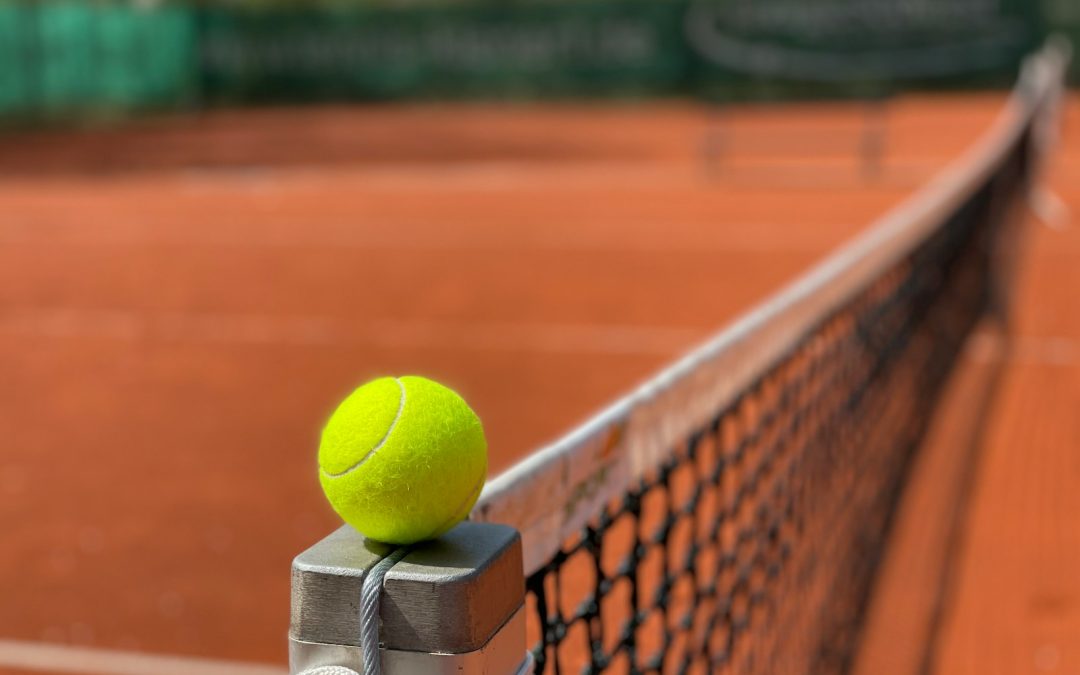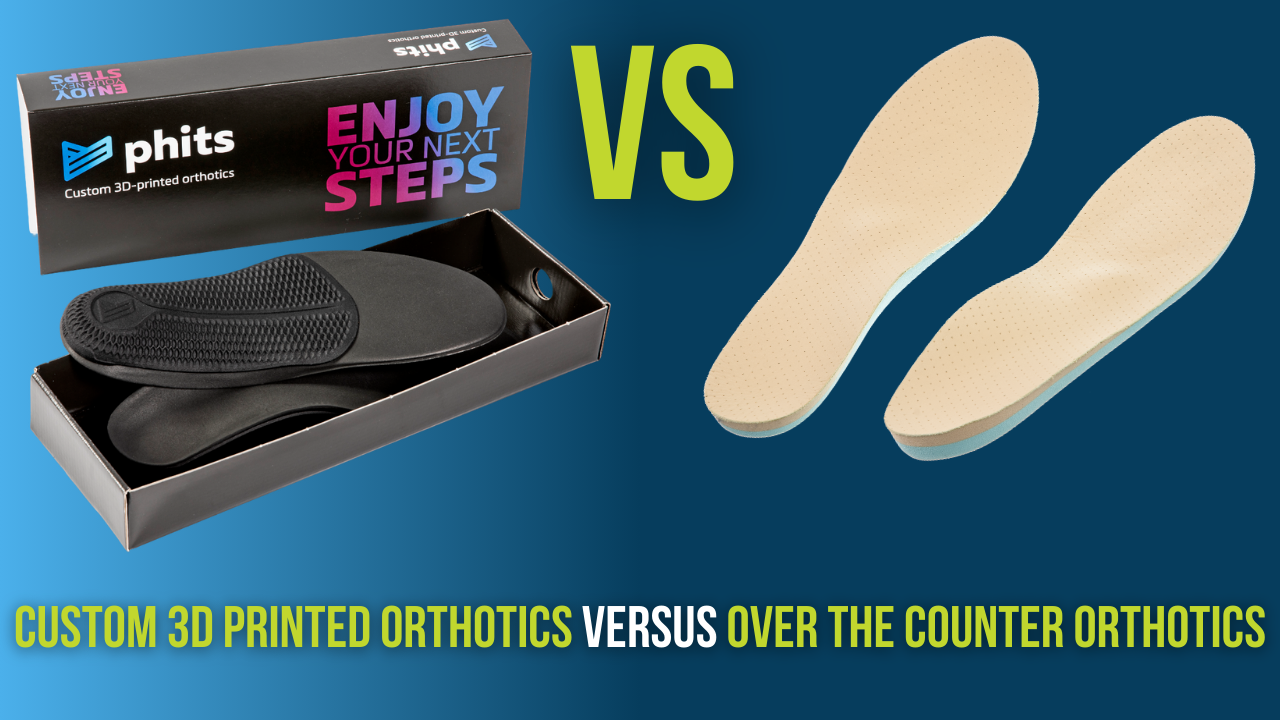Benefits of sports rehabilitation in tennis players
Sport rehabilitation is an essential aspect of professional tennis, where athletes are prone to injuries due to the sport's physically demanding nature. This specialised field encompasses a range of therapeutic practices designed to heal injuries, enhance physical capabilities, and prevent future injuries.
For tennis players, rehabilitation is not just about recovery but also about maintaining optimal performance and longevity in their careers. In this blog we will look at the benefits of sports rehabilitation in tennis players.
Importance of Maintaining Peak Physical Condition:
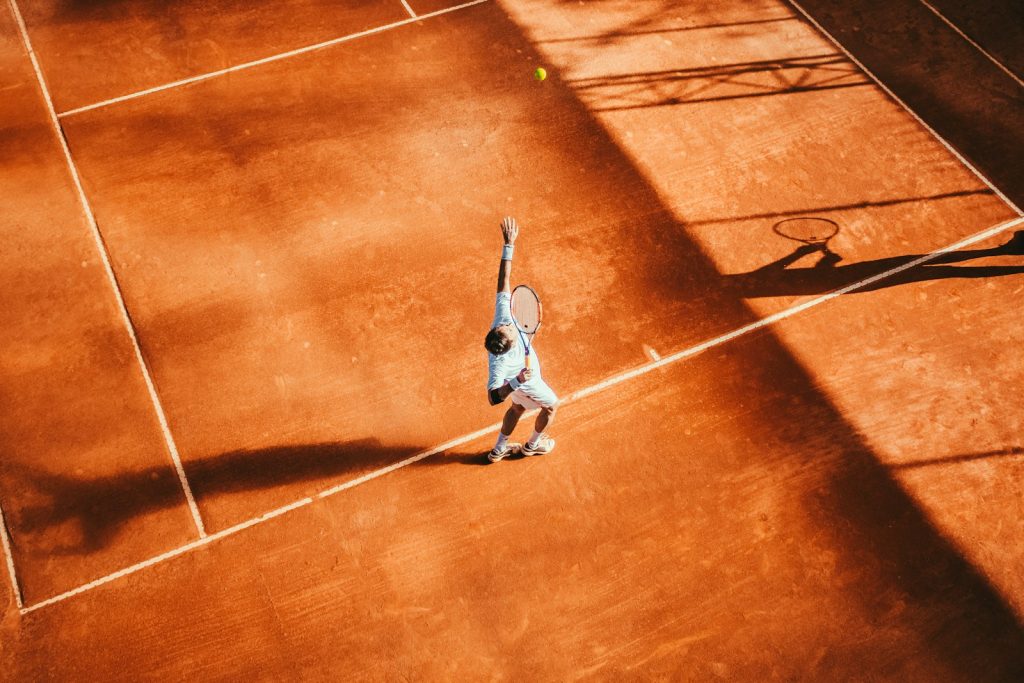
The benefits of sports rehabilitation in tennis players, are not just about recovery but also about maintaining optimal performance and longevity in their careers.
Tennis is a sport that requires a unique combination of strength, speed, agility, and endurance. The repetitive motions and explosive bursts of activity place significant stress on the body, making it imperative for players to maintain peak physical condition. Continuous physical conditioning and rehabilitation ensure that athletes can perform at their best while minimising the risk of injuries that could derail their careers.
Enhancing Performance Optimising Physical Capabilities Through Sports Rehabilitation
The benefits of sports rehabilitation in tennis players goes beyond just healing injuries; it plays a pivotal role in enhancing an athlete’s physical capabilities. By incorporating targeted exercises and therapies, rehabilitation specialists help tennis players improve their strength, flexibility, and endurance. This holistic approach ensures that athletes are not only fit to play but are also capable of performing at their highest potential.
Specific Exercises and Therapies Strength Training:
Exercises such as resistance band workouts, weightlifting, and bodyweight exercises are used to build muscle strength, particularly in the legs, core, and arms. This helps players generate more power in their shots and sustain high-intensity play.
flexibility training:
Stretching routines, yoga, and Pilates are incorporated to enhance flexibility, which is crucial for reaching wide shots and preventing muscle strains.
endurance training:
Cardiovascular exercises like running, cycling, and interval training improve stamina, allowing players to maintain a high level of play throughout long matches.
therapeutic Modalities:
Techniques such as massage therapy, hydrotherapy, and electrical stimulation are used to enhance muscle recovery and reduce soreness.

Nadal on the benefits of sports rehabilitation in tennis players
Rafael Nadal, known for his incredible work ethic and physical resilience, has often spoken about the importance of sports rehabilitation in his career. “Rehabilitation has been a cornerstone of my training regime. The specific exercises and therapies have not only helped me recover from injuries but also enhanced my overall performance on the court,” Nadal shared in an interview. His testimony underscores the significance of incorporating rehab into regular training.
Benefits of Sports Rehabilitation in Tennis Players: Injury Prevention
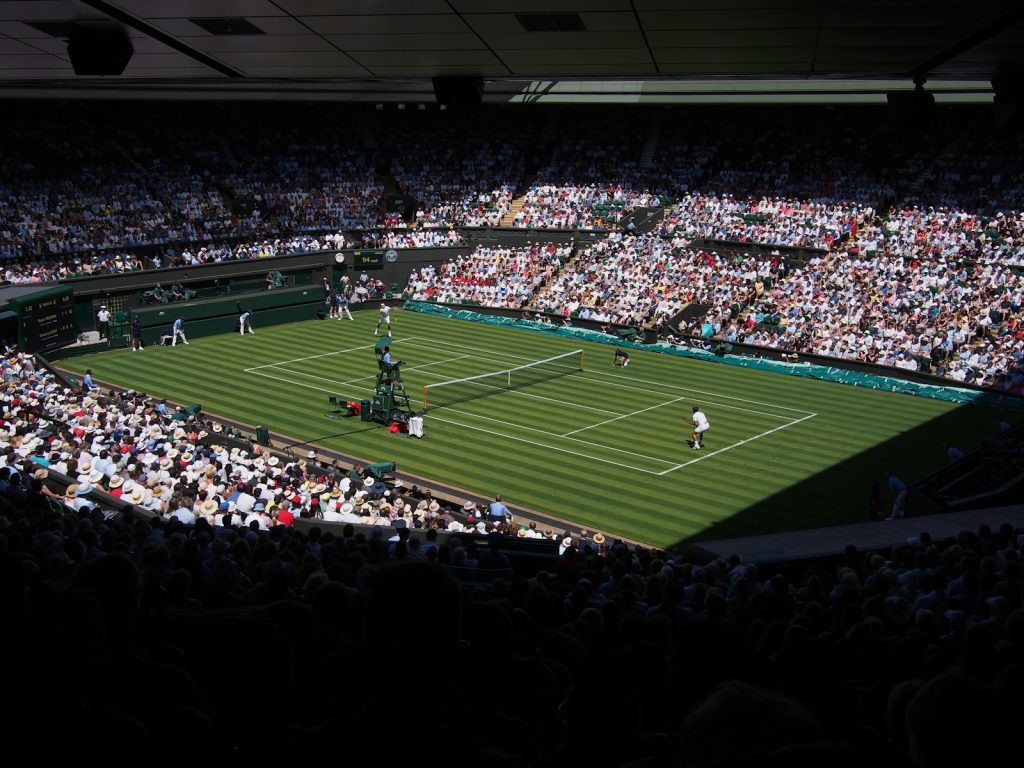
Tennis players are susceptible to a range of injuries due to the sport’s repetitive and high-impact nature. Common injuries include:
tennis elbow:
Caused by overuse of the forearm muscles, leading to pain and inflammation around the elbow.
rotator cuff tears:
Resulting from the repetitive overhead motions, such as serving and smashing.
stress fractures:
Often occurring in the lower limbs due to the constant running and abrupt stops.
preventative rehabilitation techniques:
Preventive rehabilitation focuses on strengthening vulnerable areas of the body and improving overall biomechanics to reduce the risk of injuries. Techniques include:
1. Strengthening exercises
Targeting specific muscle groups, such as the shoulders and forearms, to withstand the physical demands of tennis.
2. Flexibility and mobility work
Incorporating dynamic stretches and mobility drills to ensure joints and muscles are flexible and less prone to injury.
3. biomechanical Assessments
Analysing a player’s movement patterns to identify and correct any inefficiencies that could lead to injury.

Insights from Wimbledon Trainers
Wimbledon trainers emphasise a proactive approach to injury prevention. “We focus on personalised rehabilitation programs that address each player’s specific needs. By incorporating regular assessments and tailored exercises, we aim to keep our athletes in peak condition and minimise their risk of injury,” shares a senior Wimbledon trainer. Their insights highlight the importance of individualised care in sports rehabilitation.
The Role of Rehabilitation: Speeding Up Recovery
When injuries do occur, rehabilitation is crucial for a swift and effective recovery. The primary goal is to restore the athlete’s function and strength to pre-injury levels, allowing them to return to competition as quickly and safely as possible. A typical rehabilitation program for tennis players includes:
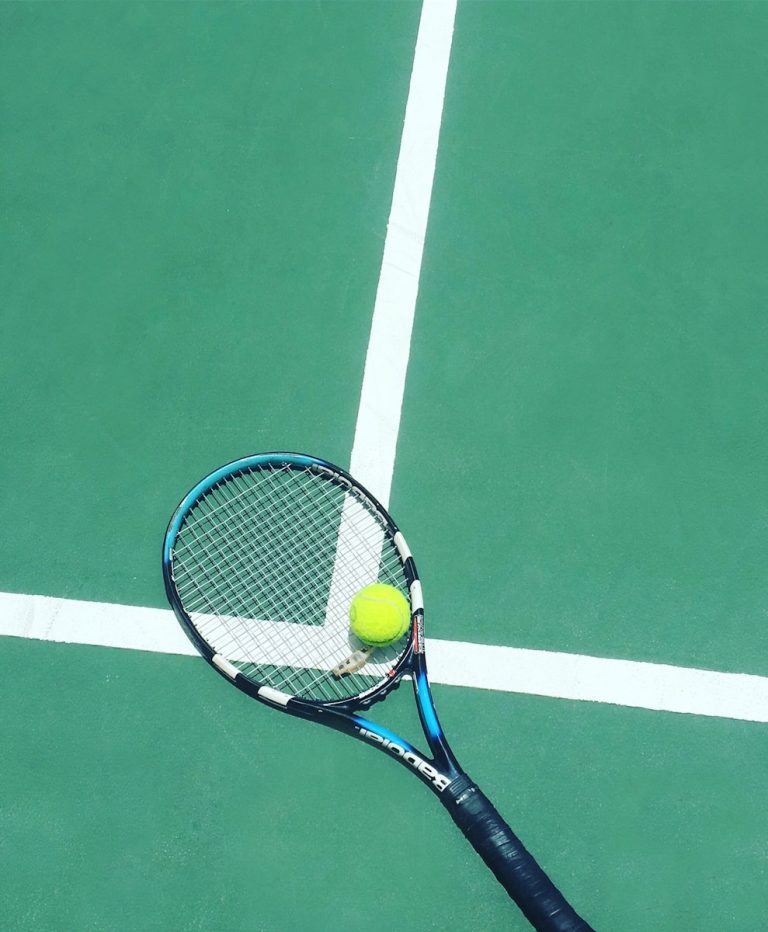
initial assessment:
A thorough evaluation of the injury to determine its severity and the appropriate course of treatment.
acute phase:
Focused on reducing pain and inflammation through rest, ice, compression, and elevation (RICE), as well as gentle movements to maintain mobility.
sub-acute phase:
Gradually introducing strength and flexibility exercises to restore muscle function and range of motion.
advanced phase:
Incorporating sport-specific drills and higher-intensity workouts to prepare the athlete for a return to competitive play.
maintenance phase:
Ongoing exercises and therapies to prevent re-injury and maintain overall physical condition.
federer's successful rehabilitation
Roger Federer’s comeback after knee surgery in 2016 is a prime example of effective rehabilitation. Despite undergoing significant surgery, Federer returned to the court stronger and more agile, winning multiple Grand Slam titles post-recovery. His rigorous rehabilitation program, which included both physical and mental conditioning, played a crucial role in his successful return to tennis.
the Mental Toll of Injuries
The benefits of sports rehabilitation in tennis players go beyond the physical, the psychological aspect of recovery is just as important as the physical, injuries can take a significant mental toll on athletes, leading to feelings of frustration, anxiety, and depression. A strong mental state is crucial for successful rehabilitation and performance. Inclusion of Mental Health Strategies Sports rehabilitation now often includes mental health strategies to support athletes through their recovery journey. Techniques such as mindfulness, visualisation, and cognitive-behavioural therapy (CBT) are used to help athletes cope with the emotional challenges of injury and maintain a positive outlook.
Long-Term Health Impact of Continuous Rehabilitation on Athletic Health
Research indicates that tennis players who engage in regular rehabilitation have significantly longer careers and fewer injuries compared to those who do not. Continuous rehab helps in maintaining peak physical condition, preventing overuse injuries, and ensuring that athletes can compete at high levels well into their later years.
Continuous rehabilitation plays a vital role in ensuring the long-term health and career longevity of tennis players. Regular rehab helps to address minor issues before they become serious injuries, maintaining overall physical health and performance levels.
Strategies to Incorporate Rehab into Daily Routines Consistency:
daily exercise:
Incorporating daily exercises and stretches as part of the routine to maintain flexibility and strength.
regular assessments:
Periodic evaluations by rehab specialists to monitor physical health and adjust training programs as needed.
balanced training:
Ensuring a mix of physical, mental, and recovery activities to support holistic health.
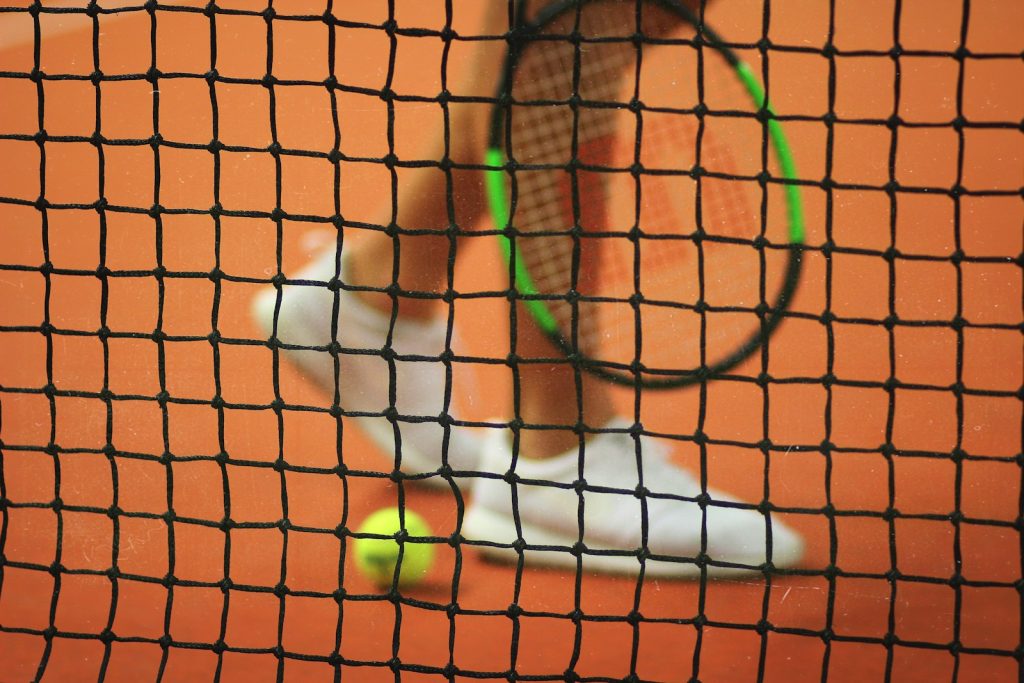
Conclusion Recap of the Benefits of Sports Rehabilitation in Tennis Players:
Sports rehabilitation is integral to the success and longevity of tennis players. From enhancing performance and preventing injuries to speeding up recovery and providing psychological support, rehab plays a multifaceted role in an athlete’s career. All tennis players can benefit from incorporating rehabilitation into their training regimes.
By prioritising rehab, players can not only improve their performance but also ensure their long-term health and enjoyment of the sport. It’s time for every tennis player to recognise the value of rehabilitation and make it a cornerstone of their athletic journey.
If you wish to seek further help or speak to a practitioner about any of the above, call us on 0800 731 2738 or book online here.
You can also view all the services we provide within our clinics on our website, as well as checking out our other blogs and content.
For more free tips and information, make sure to follow our Facebook and Instagram pages. We also post client stories, so you can see how we’ve helped people get back to doing the things they enjoy!
